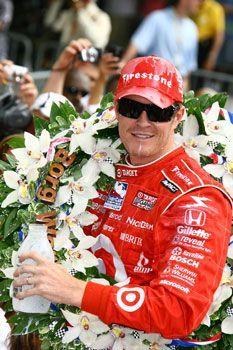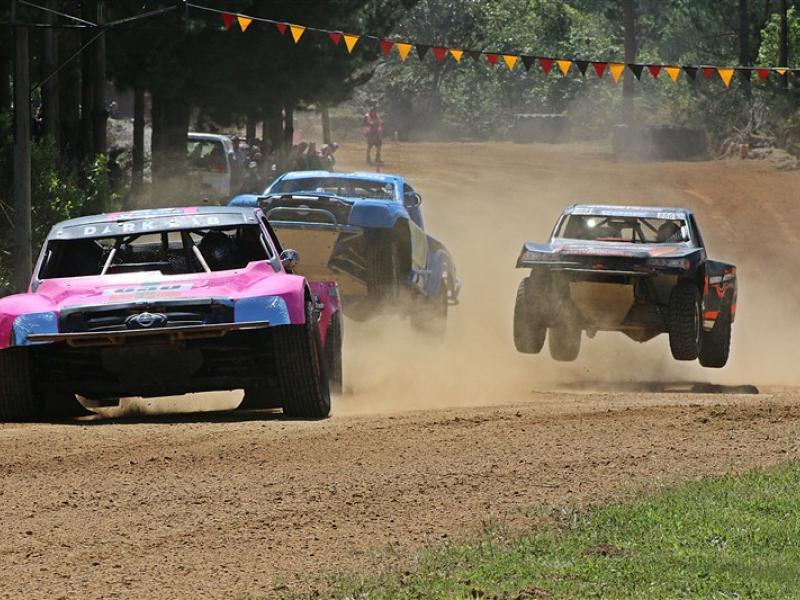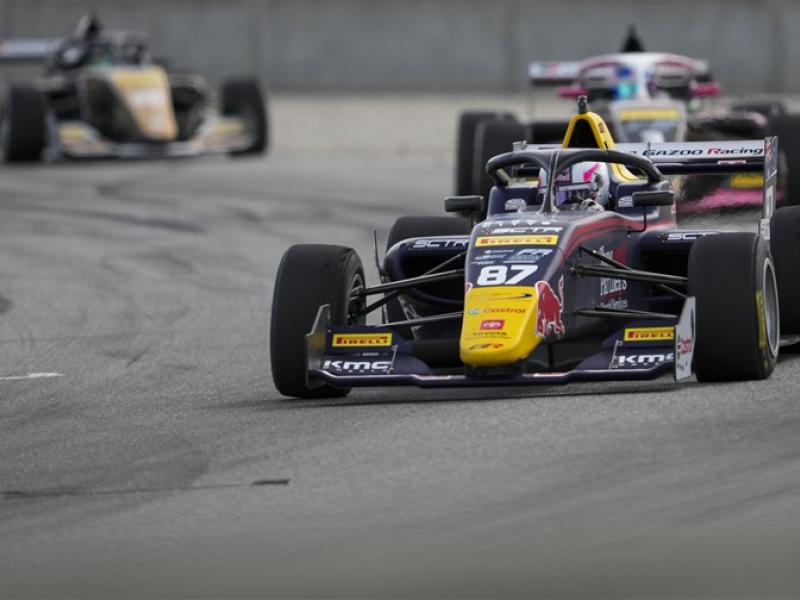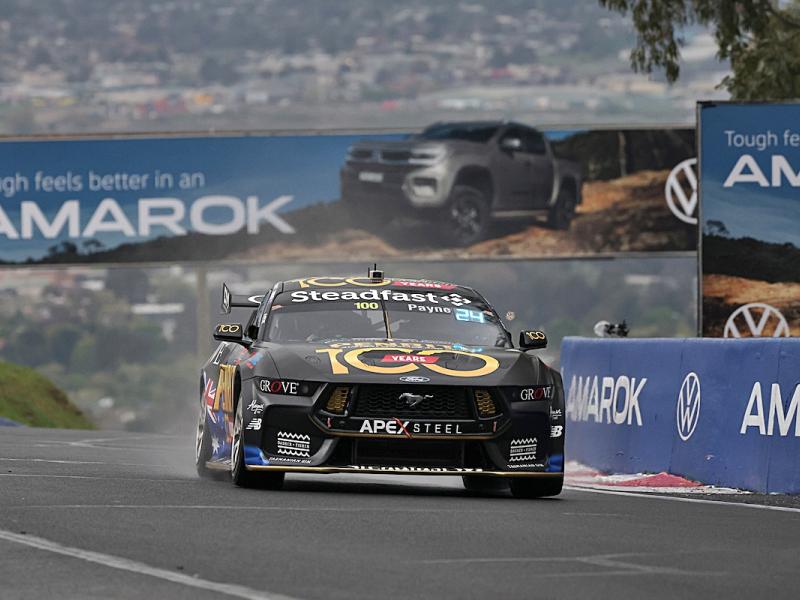By Bernard Carpinter Older motor racing fans will remember a quiet, cool 13-year-old winning the New Zealand Formula First championship when he was just 13, in his first season of car racing. His name, of course, was Scott Dixon. Fourteen years later, Dixon has won the world’s biggest race, the Indianapolis 500, and won it convincingly. He won $US3 million, became a superstar in the US, and started a media frenzy in New Zealand. The Indy 500 is that big for a start, the track can hold 400,000 fans and it was nearly full this year as the reunited Indycar series fielded all the top American-based drivers. It’s the world’s biggest one-day sporting event, and it has tradition -- more than 90 years of it. It was definitely Dixon’s year at Indianapolis. He qualified his Target Ganassi car on pole -- at an average speed of more than 226 miles an hour and was fastest or nearly fastest all through the three-week build-up to the big race He led or was in the lead bunch all the way, and then stayed in front for the final 30 nail-biting laps with two other cars chasing him hard just half a second or so behind. Winning the Indy 500 was much sweeter than winning the championship in 2003, Dixon said. “Because you work three weeks solidly, and it comes down to one day to get it and have everything to fall into place. It’s quite special. There’s not many people that have this happen.” It’s a long way from Manurewa, where Dixon grew up, and racing a Formula First car with an old VW Beetle engine. But his progress has seemed to be inexorable. After winning that title he moved into Formula Ford, winning first the class for older cars and then the outright championship. Next came Australia’s Formula 4000 championship (also known as Formula Holden or Formula Brabham), and he won that in his second season there. Where to next? Dixon really wanted to go to Europe and aim for Formula One, but that path -- Formula 3, for example -- would have been fantastically expensive and the Dixons were just an ordinary family, not millionaires. A group of supporters got together, decided America was the way to go, and raised more than a million dollars to get him there. It was structured as an investment -- the idea was that Dixon would hit the big time and pay them back with his earnings. That was exactly what happened. Dixon started in Indy Lights, the support class for Champ Cars, and won that championship in his second season. Promotion to Champ Cars followed but then his PacWest team folded. Enter Chip Ganassi, a former racer who had become a highly successful team owner. He added the young Kiwi to his team, and then took him to the Indy Racing League when he moved his team over from Champ Cars for the 2003 season. Remarkably, Dixon won the IRL championship that year, his first in the series. That was particularly impressive because at that time the IRL ran almost exclusively on the high-speed oval tracks, and Dixon -- who grew up on road courses like Pukekohe and Manfeild -- at that stage was not a great fan of ovals. But in motor racing you’re only as good as your last result and after that triumph Dixon had to endure two very tough years as the Ganassi team was stuck with Toyota engines – 40-50hp down on the dominant Hondas, Dixon reckoned. He had a lot of crashes -- unusual for him -- as he was over-driving the car to make up for the power deficit. For 2006 Ganassi switched to Honda and Dixon was back running at the front. Actually the series is a level playing field now as all the cars are Italian-built Dallara chassis with Honda engines. Last year Dixon finished second in the Indy 500 and second in the overall championship he would have won the series but his car ran out of fuel with less than half a lap to go in the season’s final race. This season began with the reunification of American single-seater racing, the merger of the IRL and Champ Cars – in effect, really more a takeover by the IRL. Now the series included all the top American-based teams and drivers. Dixon started with a win and scored two more podium finishes in the next three races, arriving at Indianapolis second in the series. He not only won at Indy, he also took the lead in the championship. In spite of his years in the United States, Dixon retains his Kiwi accent and some Kiwi attitudes -- he is laconic and tends to understatement in his comments. The American motorsport media have dubbed him “The Iceman” because he always seems so cool. Team owner Chip Ganassi commented on Dixon’s attitude after the great victory. “He’s been like that, you know, forever since I’ve known him,” Ganassi said. “Quite frankly, at first I didn’t think he was that excited about racing when you first meet him because he -- he had won so early in IndyCars in his career. You know, that quietness, people confuse that with caring about things. You know, it’s a relief to know that really wasn’t what it is; it was a quiet confidence that sort of is his trademark. That’s a powerful tool.” Dixon still prefers road circuits like the ones he grew up with in New Zealand, but he says he also enjoys the fast ovals like Indianapolis and indeed he has done well on them. “Oval racing is good for the fan because they’re bloody close and you can see everything,” he says. “TV doesn’t do it justice, I don’t think – the sound and how quick it actually is. At Indianapolis on a qualifying lap it’s just flat out and you just tune the car until you can’t go flat any more.” If the car starts break away the driver needs to react very quickly. “You don’t have much margin for error, just because they’re 90-degree corners and not much banking so the car’s not very forgiving. It’s so light on downforce, the car is very much on edge -- that’s the way it is.” The cars run very close, slipstreaming one another and attempting to pass. It takes strong nerves to begin with, Dixon says. “But then you get used to it. It doesn’t feel so quick because the cars are doing the same speed.” Dixon is an intelligent driver who uses strategy as well as speed, He might nurse his car and his tyres for a period in a race so that he can go really fast when he needs to. He also has the ability to conserve fuel, which can save time in pit stops and give him more flexibility in his pit strategy. And pit strategy is vitally important in a race like Indianapolis, where cars will have to make many stops. Indianapolis this year was quite a Kiwi affair. In the Freedom 500 support race for the Indy Lights, former champion Wade Cunningham came third, Marc Williams came 15th and A1GP hero Jonny Reid 20th. It was Reid’s first race in the class and his first race on an oval, so took it carefully while he learned this new aspect of his craft. He will be contesting the rest of the series with the Integra Motorsports team, which is part-owned by Ganassi.
From Humble Beginnings to Indy 500 Winner
From Humble Beginnings to Indy 500 Winner
Motorsport
Monday, 16 June 2008






